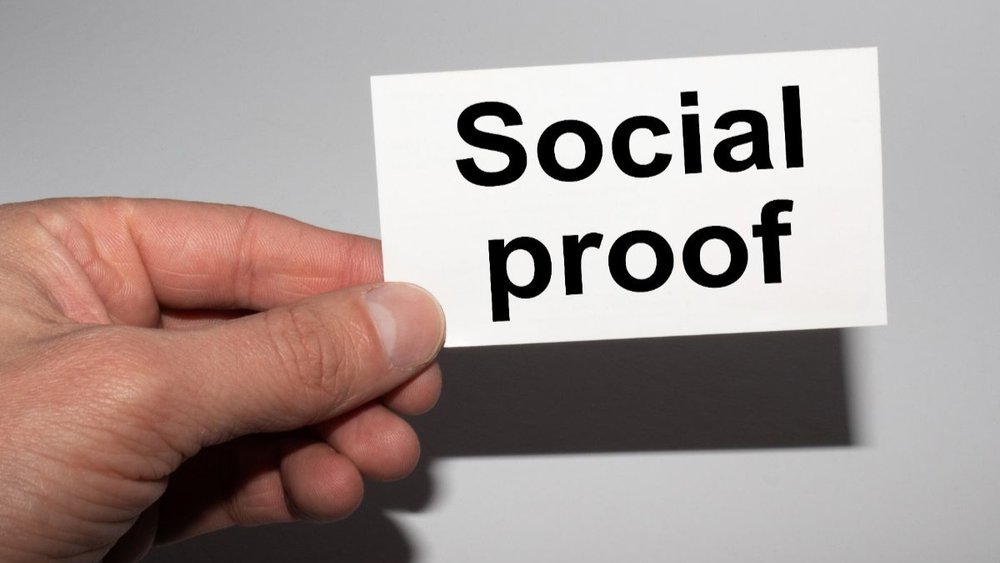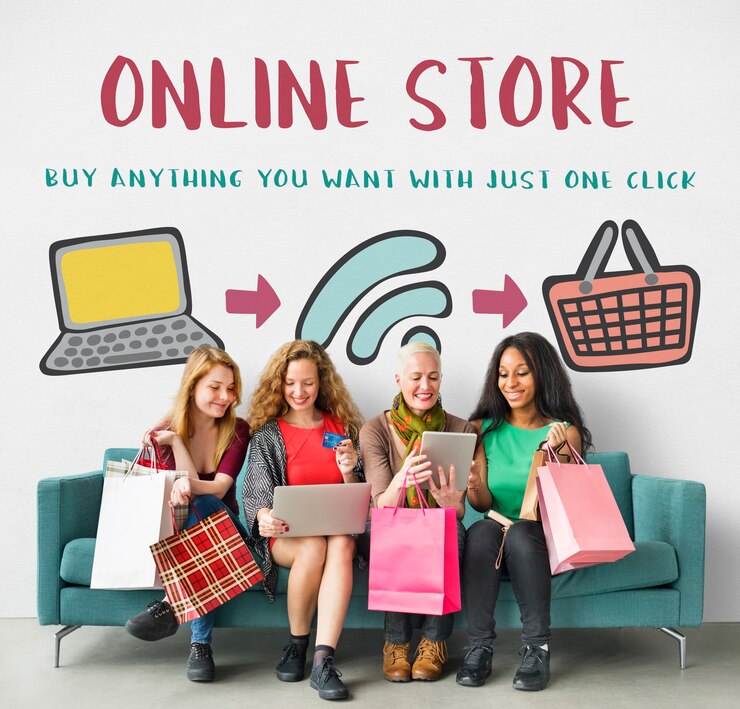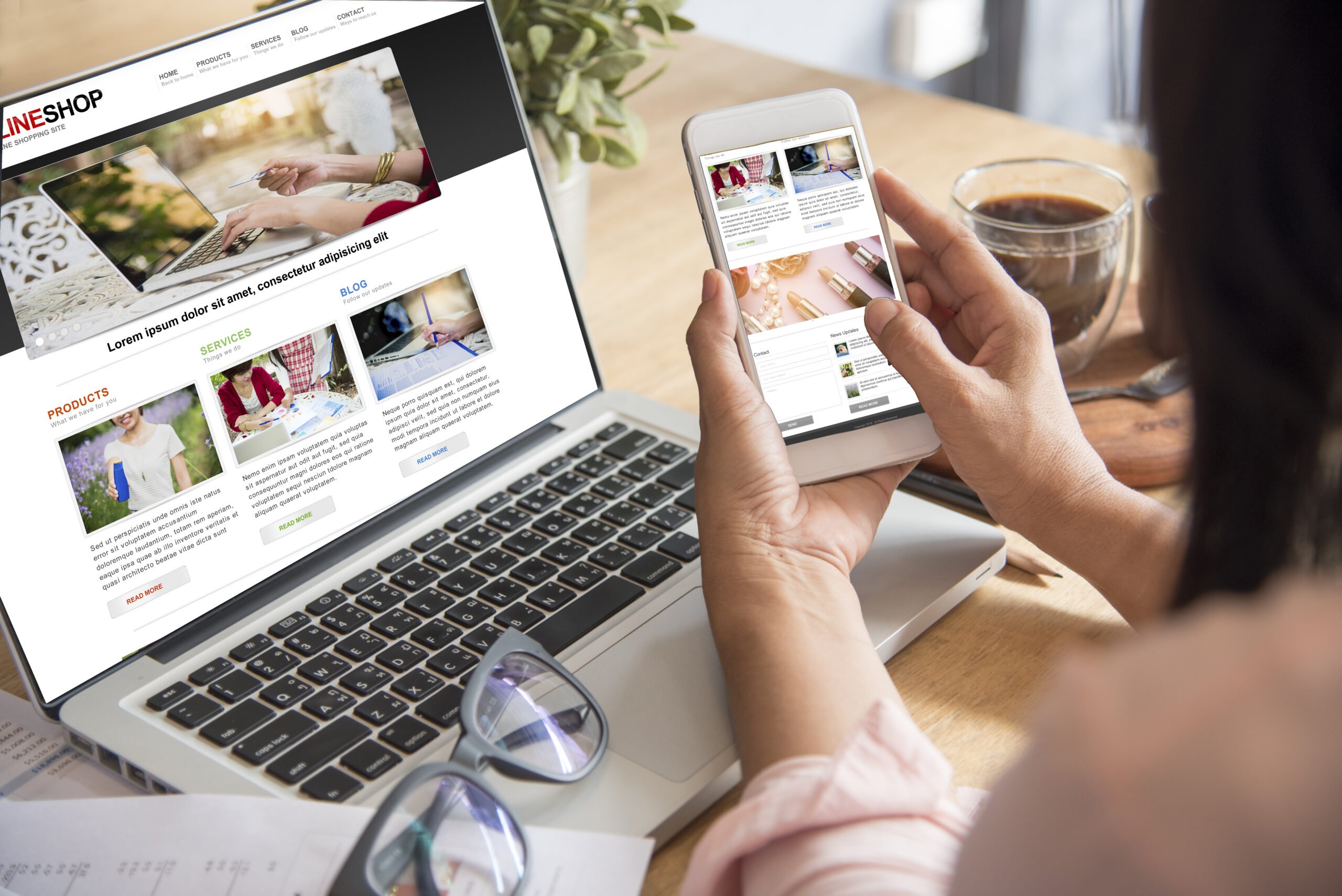Consumer psychology has a significant impact on the success of e-commerce. Psychological triggers drive every click, scroll, and purchase. You may teach a deep understanding of consumer psychology in e-commerce, allowing your business to steer upconversion and drive client satisfaction.
Using different persuasion techniques for online sales and hitting the emotional triggers in shopping, e-commerce sites can create a seamless shopping experience. This article will cover some of the significant psychological principles in a typical online shopping experience and how to use them to your advantage.
Understanding Consumer Psychology in E-commerce

1. The Power of Social Proof
Consumers often trust others’ opinions when deciding what to buy. Social proof builds credibility and eases hesitation. Potential buyers are more likely to buy when they see positive experiences from others.
How to Use Social Proof:
- Customer Reviews and Ratings: Show verified reviews to build trust. Studies reveal that 95% of shoppers read reviews before purchasing.
- User-Generated Content: Display real customer photos and videos. Customers are 2.4 times more likely to trust user-generated content than brand-created content.
- Influencer Endorsements: Use influencers to boost brand credibility and reach a wider audience.
- Best-Seller Labels: Highlight popular products to drive sales.
- Live Purchase Notifications: Show recent purchases to create a sense of popularity.
2. Scarcity and Urgency Tactics
Fear of missing out (FOMO) is a strong motivator in online shopping. Limited availability makes customers act quickly. Scarcity can lead to higher conversion rates.
Effective Scarcity Strategies:
- Limited-Time Offers: Use countdown timers to create urgency. Time-sensitive deals prompt immediate action.
- Low Stock Warnings: Display alerts like “Only three left!” to encourage quick decisions.
- Exclusive Deals: Offer early access or special discounts for loyal customers.
- Seasonal Promotions: Leverage holidays with exclusive sales.
3. The Anchoring Effect
Consumers often focus on the first piece of information they see. Presenting a higher-priced item first makes mid-tier options look like better deals.
Practical Applications:
- Pricing Strategies: Show a premium product first to make mid-range items seem cheaper.
- Strikethrough Pricing: List the original price beside the discounted price to highlight savings.
- Comparison Charts: Show differences between pricing tiers to aid in decision-making.
Emotional Triggers in Shopping

4. The Role of Emotions in Purchase Decisions
Emotional triggers greatly influence buying behaviour. Customers buy experiences and feelings, not just products. Building emotional connections with a brand leads to higher retention and repeat sales.
Key Emotional Triggers to Use:
- Happiness & Excitement: Use vibrant visuals and engaging stories to evoke joy.
- Trust & Security: Display trust badges and secure payment options to reassure buyers.
- FOMO: Highlight scarcity with flash sales and exclusive offers.
- Nostalgia: Use retro branding and storytelling to evoke positive memories.
5. Personalisation and the Sense of Belonging
Consumers value a personalised experience. Tailored shopping makes them feel understood, increasing loyalty.
How to Implement Personalisation:
- AI-Driven Recommendations: Suggest products based on browsing history.
- Personalised Email Campaigns: Address customers by name and offer tailored discounts.
- Loyalty Programs: Reward repeat customers with exclusive offers.
- Dynamic Content: Customize website banners based on user behaviour.
Persuasion Techniques for Online Sales
6. The Reciprocity Principle
When businesses offer something valuable for free, customers often feel inclined to buy in return.
Ways to Apply Reciprocity:
- Free Trials & Samples: Allow customers to try products risk-free.
- Valuable Content: Offer free guides or webinars.
- Exclusive Discounts: Give first-time visitors special offers.
- Loyalty Points: Offer points for engagement that can be redeemed for discounts.
7. The Decoy Effect
Strategic pricing can guide customers to the most profitable option.
Example of the Decoy Effect:
- Basic Plan: $20/month (Limited features)
- Premium Plan: $50/month (All features included)
- Decoy Plan: $45/month (Fewer features than the Premium plan)
Customers often choose the Premium Plan as the best value.
8. The Zeigarnik Effect (Unfinished Tasks Drive Action)
People remember unfinished tasks better than completed ones. That’s why abandoned cart emails are effective.
How to Use the Zeigarnik Effect:
- Abandoned Cart Reminders: Send follow-ups with incentives like free shipping.
- Progress Bars: Show order progress during checkout to keep customers engaged.
- Gamification: Reward users for completing actions (e.g., “Earn points for every purchase”).
Building Trust and Overcoming Buyer Hesitation
9. Addressing Common Customer Concerns
Many shoppers abandon their carts because they have doubts about product quality, shipping, or return policies. Clear communication can boost conversions.
Best Practices for Building Trust:
- Transparent Pricing: Avoid hidden fees to maintain credibility.
- Detailed Product Descriptions: Include high-quality images and customer testimonials.
- Hassle-Free Returns: Offer easy return policies to ease purchase hesitation.
- Live Chat Support: Provide instant help for customer questions.
Understanding and Influencing Consumers

The psychology of consumer behaviour or understanding consumer psychology in an e-commerce context is vital to influencing buying decisions. Using persuasion techniques in e-commerce and psychological tactics for shopping can improve the shopping experience and increase conversions.
Ready to increase your sales?
Start using these psychological strategies today and watch your online store thrive!
Next Steps:
- Implement social proof and scarcity tactics to build trust.
- Personalise shopping experiences with AI-driven recommendations.
- Test various pricing strategies to optimise conversions.
- Use email marketing to re-engage potential customers.
Tap into Customer Psychology. Be your own therapist. By learning how to appeal to psychological triggers, businesses can generate a great e-commerce experience that translates to sales and cultivates long-term relationships with customers.


